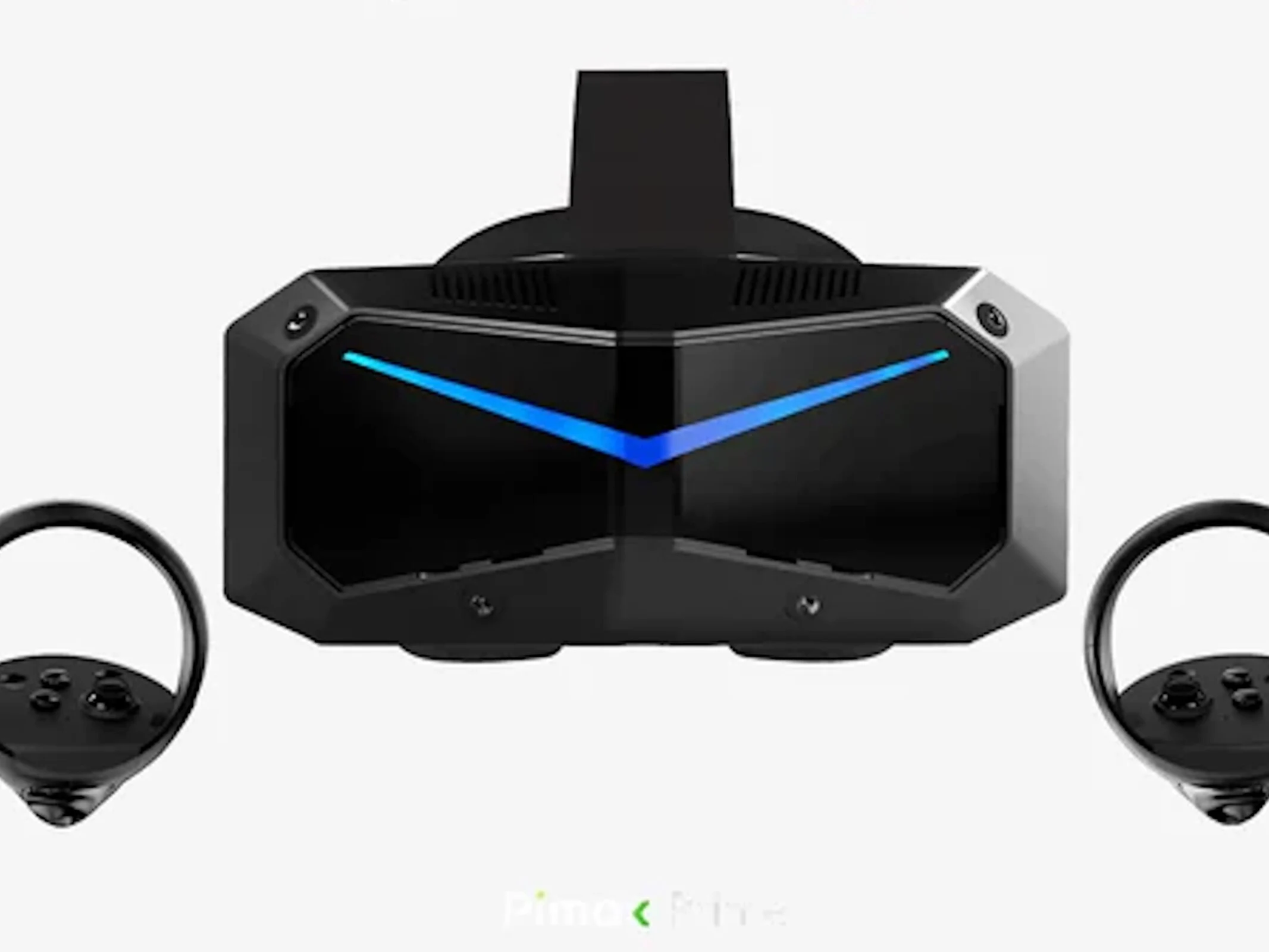Key Takeaways
1. The Pimax Crystal Super is available for preorder in two versions: one with a 120-degree field of view and another with a 135-degree field of view, both offering a resolution of 3840 x 3840 pixels per eye.
2. The 135-degree model is expected to ship on April 7th, while the 120-degree model is set for delivery in the second quarter of 2025.
3. The price for the headset is $1,791, which can be paid with an initial payment of $999 plus a monthly subscription of $32.99 for two years, or as a single payment with no subscription afterward.
4. Key specifications include a variable refresh rate of 72 and 90Hz, automatic adjustment for interpupillary distance (58 to 72 mm), and support for foveated rendering.
5. The headset features QLED displays with mini-LED backlighting, comes with two controllers, requires an external device for operation, and does not support wireless image connections or local rendering.
The Pimax Crystal Super is now ready for preorder in two distinct versions. One model features a 120-degree field of view, while the other offers a 135-degree horizontal field of view. Both models come with a resolution of 3840 x 3840 pixels for each eye. The version with the larger field of view is expected to start shipping on April 7th, whereas the 120-degree model is planned for delivery in the second quarter of 2025.
Pricing Details
The total cost for this latest VR headset is $1,791. This includes an initial payment of $999 along with a Pimax Prime subscription that costs $32.99 each month for two years. Alternatively, customers can pay off the remaining balance in a single payment. Once that’s done, the Crystal Super can be used without the need for any subscription.
Specifications Overview
When it comes to specifications, the headset features a variable refresh rate of 72 and 90Hz, ensuring smooth visuals consistently. It automatically adjusts to interpupillary distances ranging from 58 to 72 millimeters. Additionally, it supports foveated rendering, enabling the headset to track the user’s eyes accurately, which minimizes the workload by rendering only the parts of the image that the eyes are focused on in full resolution.
Pimax has chosen QLED displays with mini-LED backlighting and local dimming, allowing for precise brightness control and improved contrast. The package includes two controllers for navigation within 3D environments. However, it’s worth noting that the Crystal Super is a VR headset that requires a connection to an external device and does not permit local rendering. Wireless image connections are also not supported. For VR enthusiasts looking for a standalone headset with local rendering capabilities, the Pico 4 Ultra may be a better option to consider.
Source:
Link


Leave a Reply